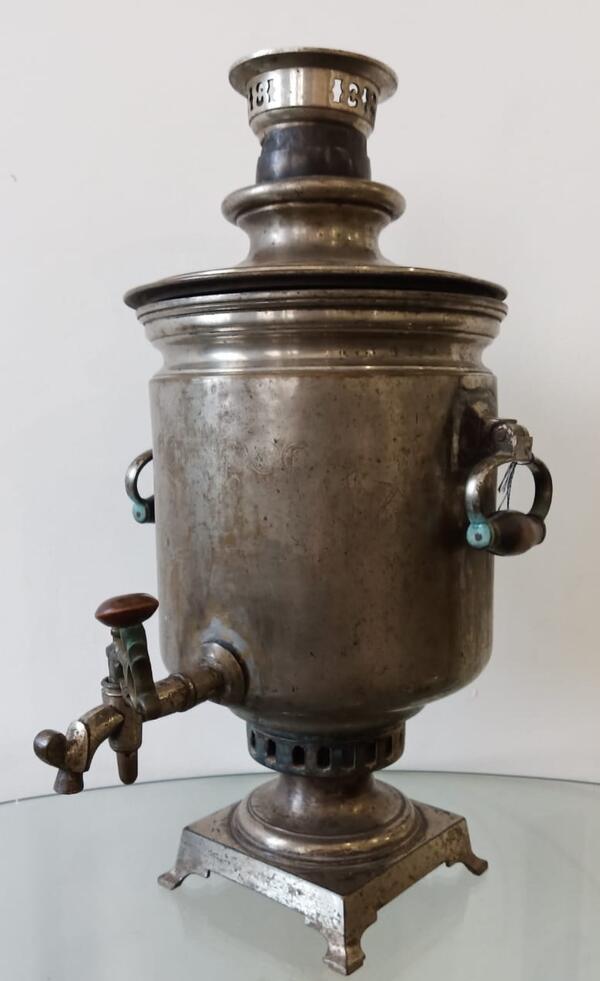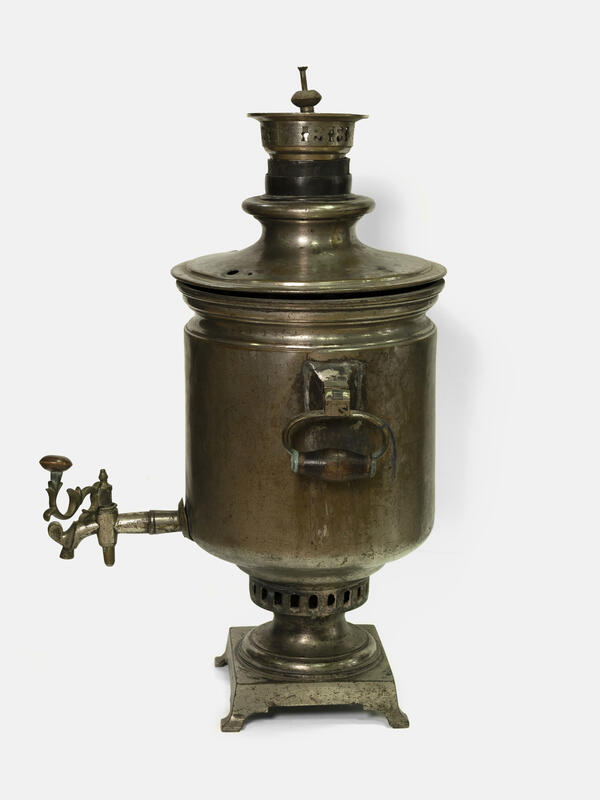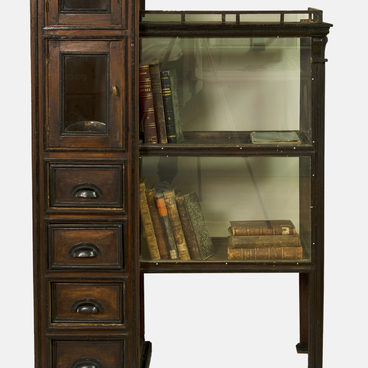Samovar
There were two workers in the bakery — the master baker and myself, his assistant. My job was to make dough from four or five sacks of flour and turn it into baked goods.
Gorky wrote that Derenkov’s little bakery store was hidden at the end of a narrow, impoverished street, above a littered gully. It attracted students because of a secret library in a closet, where forbidden literature was kept. Some books were hand-copied in notebooks, including works by Chernyshevsky and Pisarev. Gorky was the keeper of this library. While delivering fresh rolls around the city, he also distributed revolutionary books and leaflets.
The interior of Derenkov’s bakery was restored by the museum staff under the guidance of the local historian Nikolay Kalinin, who studied the period of Gorky’s life in Kazan for over 20 years. The oven in the former bakery was reconstructed on the old foundation.
Andrey Derenkov came to Kazan after the Great Patriotic War. He helped to recreate the atmosphere of a bakery and arrange the equipment: a chest for kneading dough, a table, and shelves for baked goods. The bakery has retained a hanging kerosene lamp, found in a dig, a kettle, a birch basket for bulk foods, scales, ceramic utensils, and a tap-up hand sink.
I had to use his (Peshkov’s) services too, ” he “set up the samovar and brought it for me in the mornings.
The samovar was produced at the Vorontsov brothers’ factory in Tula, one of the most famous ones in tsarist Russia. Vorontsov samovars received acclaim at the All-Russia and Paris exhibitions and were granted the stamp of Supplier of the Court of His Imperial Majesty. Every year, the Vorontsovs’ factory produced up to 6000 samovars of 50 different models, including such classics as oval-, cylinder-, jug- and urn-shaped samovars.



